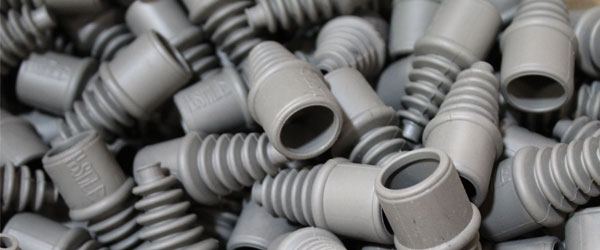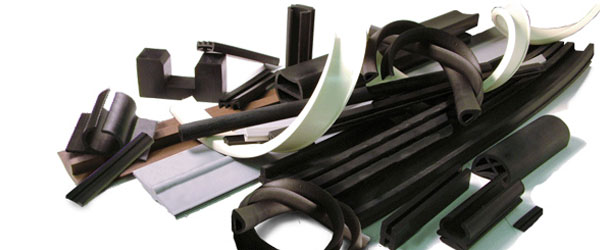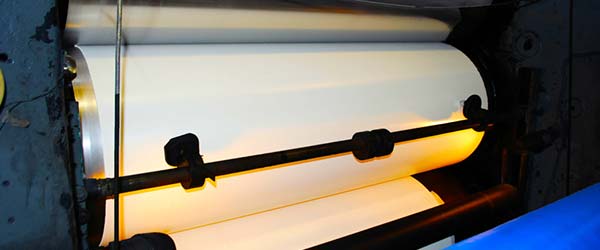OEE Overall Equipment Effectiveness
Overall Equipment Effectiveness (OEE) is a key performance indicator used in manufacturing to measure the efficiency and effectiveness of equipment in production. OEE provides a metric for evaluating how well manufacturing equipment is being used by measuring the percentage of time that it is operating effectively to produce good-quality products. OEE is calculated by multiplying … Continued
 (909) 987-1774
(909) 987-1774 Email Us
Email Us







